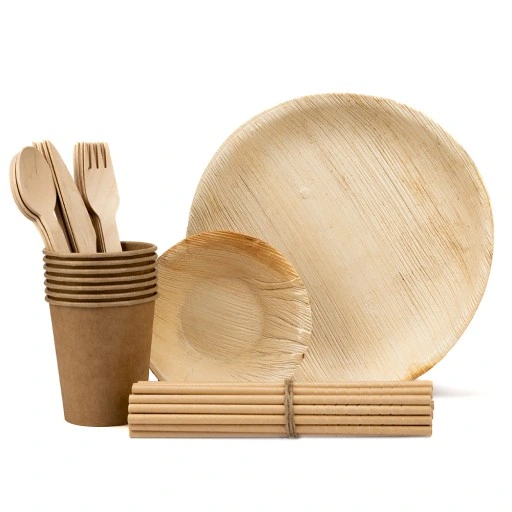
I. Appearance and size inspection
1. Appearance inspection
(1) No damage, cracks, deformation, stains, foreign matter or obvious burrs
(2) The printed pattern is clear and does not fade, and the ink does not contact the food contact surface
(3) Paper tableware has no delamination or leakage, and bamboo and wooden tableware has no mildew or insect bites
2. Size specifications
o Method: Use a vernier caliper or ruler with an accuracy of 0.01mm to measure, such as diameter, height, thickness, etc.
o Standard: Meet the dimensional tolerance specified in the product label or GB 18006.1 (such as error ≤±2mm).
II. Physical performance test
1. Compression strength
2. Heat resistance
3. Water resistance and leakage resistance
4. Load-bearing performance
III. Chemical safety test
1. Hazardous substance migration test
(1) Heavy metals (lead, cadmium, etc.)
(2) Plasticizers (phthalates)
(3) Formaldehyde and volatile organic compounds (VOCs)
2. Decolorization test
IV. Microbiological index test
1. Total colony count
2. Escherichia coli and pathogenic bacteria
IV. Additional test for special materials
1. Degradable tableware: Degradability test
2. Bamboo and wooden tableware: Sulfur dioxide residue test
V. Packaging and labeling test
1. Packaging integrity: Check whether the seal is intact, whether there is any damage or leakage, to avoid contamination during transportation
2. Labeling content: The material, implementation standard, manufacturer, production date, and the words “food contact” must be marked.
Degradable tableware must be marked with “degradable”.
Through the above test methods, the safety and applicability of disposable tableware can be comprehensively evaluated to ensure that it meets the quality requirements of food contact materials.
Post time: Jun-19-2025





